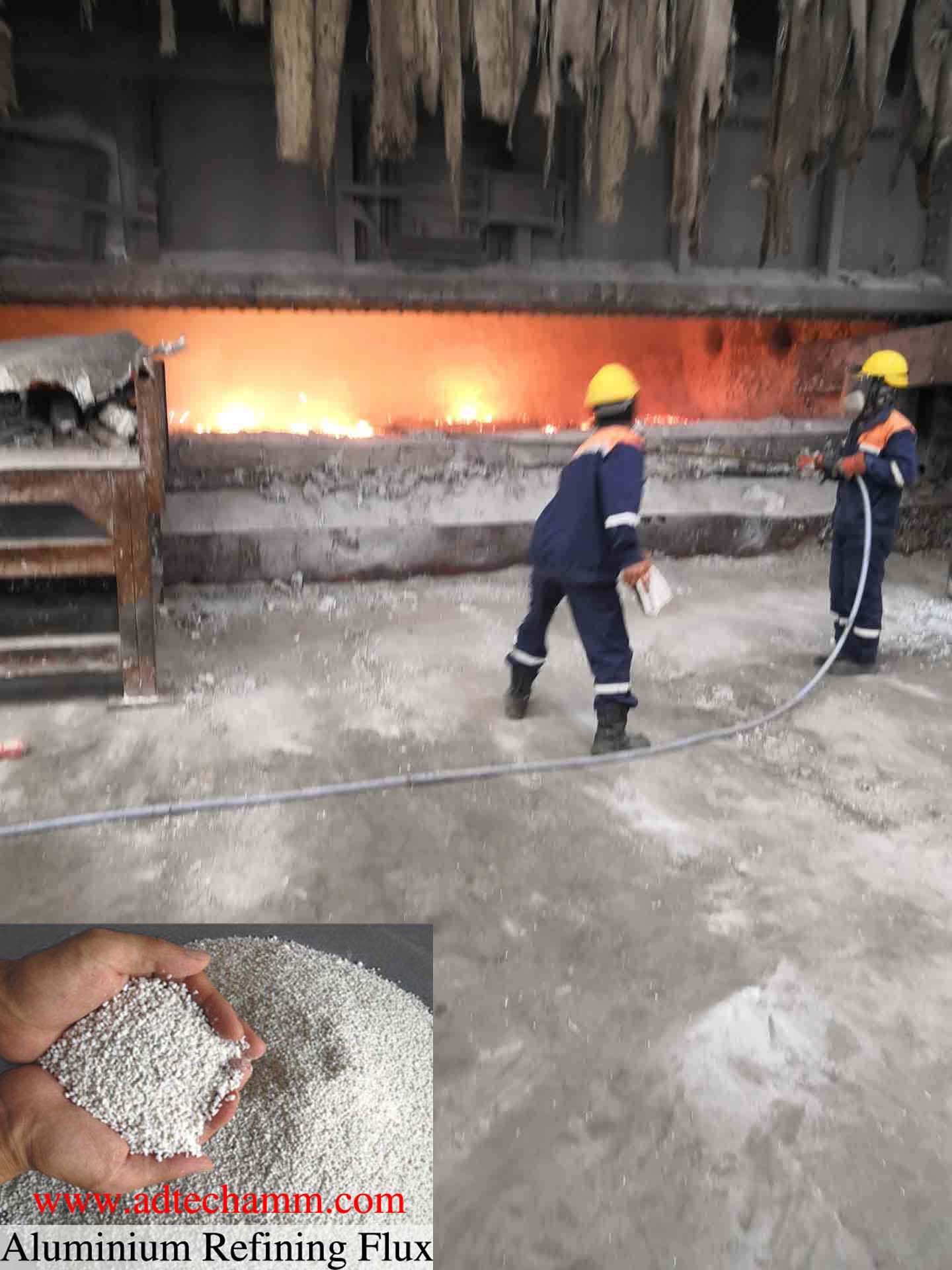
18 8月 Al Alloy Refine Flux
Al Alloy Refine Flux can play the role of degassing and removing impurities, making the aluminum alloy solution more pure and improving its mechanical properties.
Many people don’t know much about refining agents, but there are still many people asking many questions about refining agents on the Internet.
For example: the role of refining agent, refining agent formula, refined oil composition, refining agent price, refining agent wholesale, manufacturers and suppliers. Let us let the editor introduce the above issues to everyone!
Al Alloy Refine Flux is white (slightly gray) powdery fine particles whose main components are chloride and fluoride salts and other compounds.
After proper heat treatment and sieving, the particle size is uniform, which is beneficial for the carrier gas (N 2 or under the action of Ar) in the refining tank to uniformly enter the lower layer of molten aluminum through physical and chemical changes.
The molten aluminum forms a large number of small bubbles, which fully contact with the molten aluminum to separate the liquid aluminum [H] and other harmful gases.
There are some substances in the refining agent, which will strongly absorb and melt the oxides and suspended matter in the melt and stick to the bubbles.
As the bubbles rise, they are brought to the surface of the molten aluminum to achieve the purpose of refining and purifying, degassing and removing slag.
It is economical and can meet the production of high value-added, high-tech performance aviation, transportation and other aluminum alloy precision castings.
Such as: computer hard disk, micro aluminum foil cotton, printed PS base, can be made of materials, jet turbine engine fan blades and other products.

The spraying method of Al Alloy Refine Flux has a larger contact area with molten aluminum. The powdered refined preparation is sprayed into the solution through a powder sprayer.
Nitrogen and argon are usually used as carriers for spraying, and a large number of dispersed bubbles are formed in the aluminum alloy solution. During the floating process of the bubbles, the aluminum melt will completely contact and promptly remove the gas and inclusions in the aluminum liquid.
The refining agents should be added according to the weight of the molten aluminum, because too much or too little will affect the performance of the aluminum alloy, so it must be calculated before adding.
When operating the refining agent, the operator should freely control the refining flow through the barometer and the powder feeder to control the rolling degree of the molten aluminum, thereby reducing secondary pollution.


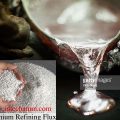


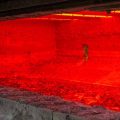
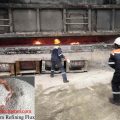

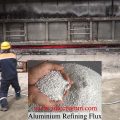
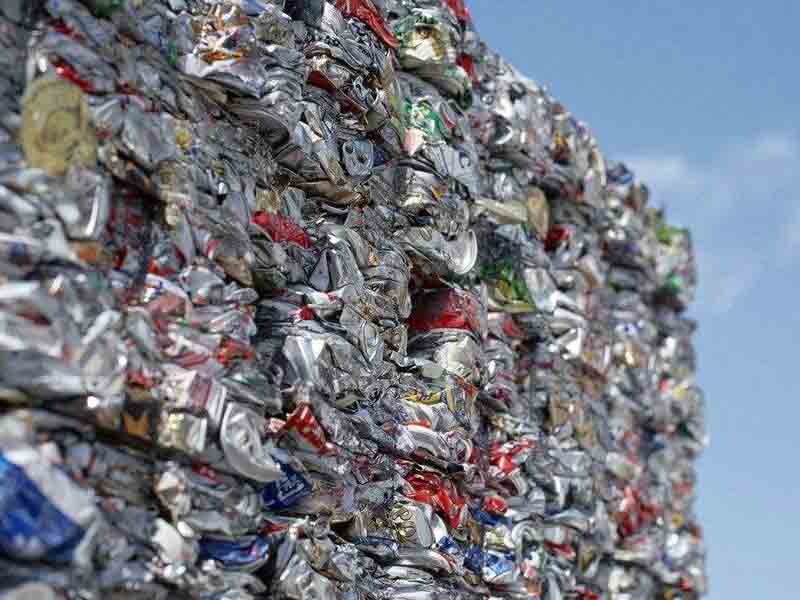


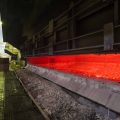
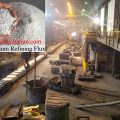
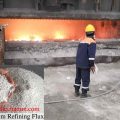
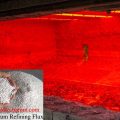
Sorry, the comment form is closed at this time.